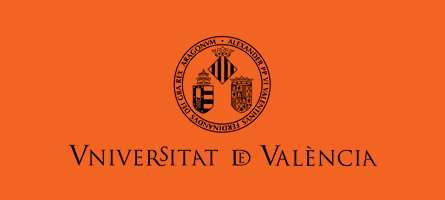Internet troll. Dialogue Control Strategies of Digital Media Users During the Trial of Francisco Camps
DOI:
https://doi.org/10.7203/rd.v0i1.9Abstract
The Internet incorporates tools that allow users to participate and generate content. However, this participation is not always positive, as there is one kind of Internet user whose goal is to disrupt rational dialogue: the troll. This paper analyzes the comments of online media users in political scandal news. We have chosen for the analysis the trial of Francisco Camps in the so-called «suit- gate» case. The study compares the different types of users and shows the strategies used to control or interrupt the debate in the comment system. The findings suggest that the Internet can encourage uninhibited and antisocial behaviour in some users. It’s what Hardaker called «Gyges effect» (2013), an effect whose consequences are antagonistic and complementary to those of the «spiral of silence» (Noelle-Neumann, 1995).
References
Fenoll, V. (2011): “Usuarios activos y pasivos. La interactividad de la audiencia en los medios digitales. El caso de la Fórmula 1 en Valencia”, en Aposta Digital, no 51, pp. 1-26.
Fenoll, V. (2012): “El segundo nivel de agenda-setting en los cibermedios valencianos: Estudio de los comentarios de la audiencia sobre la Fórmula 1”. En: Iglesias, M., Llorca, G. y Peris, À. (Eds.): La Comunicación Digital en la Comunidad Valenciana. Valencia: Tirant Humanidades, pp. 133-144.
Glaser, B. G., y Strauss, A. L. (1968): The discovery of grounded theory: strategies for qualitative research. London: Weidenfeld and Nicolson.
Hardaker, C. (2010): “Trolling in asynchronous computer-mediated communication: From user discussions to academic definitions”, en Journal of Politeness Research, vol. 6, no 2, pp. 215-242.
Hardaker, C. (2013): “What is turning so many young men into internet trolls?”, en The Observer, (03/08/2013). Disponible en Internet: http://www.theguardian.com/ media/2013/aug/03/how-to-stop-trolls-social-media
Indiana University (2013):“What is a troll”, en University Information Technology Services. Disponible en Internet: http://kb.iu.edu/data/afhc.html
Krippendorff, K. (1990): Metodología de análisis de contenido. Barcelona: Paidós Ibérica.
López García, G., & Gámir, J. V. (2011): Los medios españoles en la campaña de 2008. In G. López García (Ed.), Política binaria y SPAM electoral. Elecciones Generales 2008: nuevas herramientas, viejas actitudes. Valencia: Tirant lo Blanch, pp. 87-11.
Noelle-Neumann, E. (1995): La espiral del silencio: Opinión pública, nuestra piel social. Barcelona: Paidós.
Platón (2011): La república. Madrid: Espasa.
Springer, N. (2011):“Suche Meinung, biete Dialog?Warum Leser die Kommentarfunktion auf Nachrichtenportalen nutzen“. En Wolling, J., Will, A. y Schumann, C. (Eds.): Medieninnovationen. Wie Medienentwicklungen die Kommunikation in der Gesellschaft verändern. Konstanz: UVK, pp. 247-264.
Suler, J. (2004): “The Online Disinhibition Effect”, en CyberPsychology and Behavior, vol. 7, no 3, pp. 321-326.
To er, A. (1982): La tercera ola. Barcelona: Plaza & Janés.
Torrijos, P. (2013): “El troll de Internet y la paradoja del anonimato”, en Jot Down. Disponible en Internet: http://www.jotdown.es/2013/03/el-troll-de-internet-y-la-paradoja-del-anonimato/
Downloads
Published
Issue
Section
License
Author rights apply to contributors. The journal reserves the right to be the first to publish the submission, following the Creative Commons Attribution License that allows for others to share the publication and acknowledges its authorship and the original publication within this journal.
Everyone who sends a manuscript is explicitly accepting this publication and edition cession. In the same way, he/she is authorizing Dígitos to include his/her work in a journal’s issue for its distribution.







